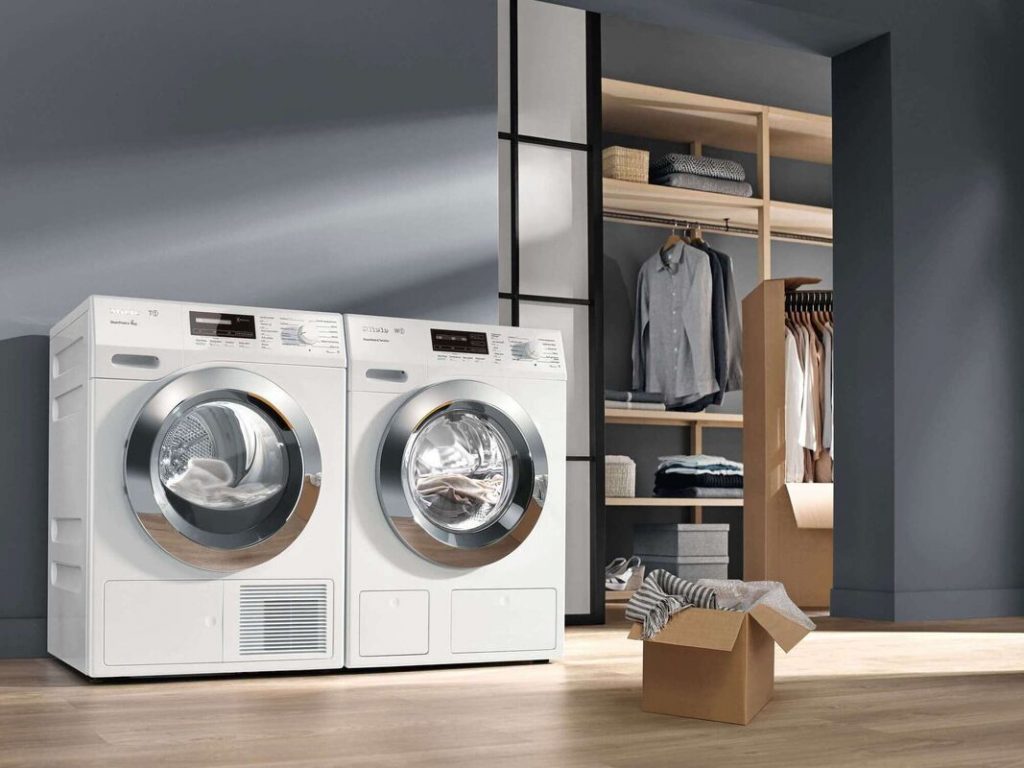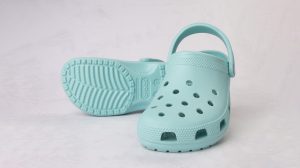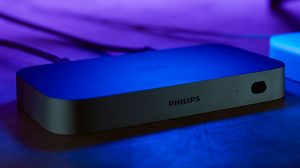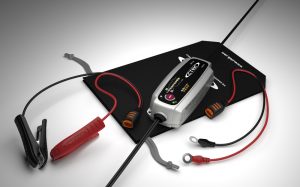Tumble dryers; heat pump, condenser… what?

If you’re in the market for a new tumble dryer, you may be overwhelmed by the various types available on the market. From vented to condenser to heat pump, it can be difficult to know which type of tumble dryer will best suit your needs. In this article, we’ll take a closer look at the different types of tumble dryers and the advantages and disadvantages of each, along with some popular brands and models to consider.
Vented Tumble Dryers
Vented tumble dryers are one of the most common types of tumble dryers. They work by expelling hot, damp air through a vent or hose that can be connected to an external wall or window. This type of dryer is typically cheaper than other types, but it requires an external vent and can be less energy-efficient.
Advantages of Vented Tumble Dryers
- Affordable upfront cost
- Dries clothes quickly
- Available in a range of sizes and capacities
Disadvantages of Vented Tumble Dryers
- Requires an external vent
- Uses more energy than other types of tumble dryers
- Can be noisy
Popular Brands and Models
- Beko DTGV8000W: This vented tumble dryer from Beko has an 8kg capacity, 15 programmes, and a B energy rating. It also features an automatic anti-crease function to help reduce the need for ironing.
- Hoover HLEV8LG: This Hoover tumble dryer has an 8kg capacity and features a reverse tumble action to reduce creases. It also has a sensor drying function to automatically stop the cycle when clothes are dry.
Condenser Tumble Dryers
Condenser tumble dryers are a popular alternative to vented dryers. They work by collecting moisture in a removable container that can be emptied after each cycle. Condenser dryers don’t require an external vent, which makes them more versatile in terms of where they can be installed. However, they can be more expensive and less energy-efficient than vented dryers.
Advantages of Condenser Tumble Dryers
- Can be installed anywhere without requiring an external vent
- Available in a range of sizes and capacities
- Don’t require a lot of maintenance
Disadvantages of Condenser Tumble Dryers
- More expensive upfront cost than vented tumble dryers
- Less energy-efficient than heat pump tumble dryers
- Can take longer to dry clothes
Popular Brands and Models
- Bosch WTG86402GB: This Bosch tumble dryer has an 8kg capacity and features an LED display with touch controls. It also has a self-cleaning condenser to help keep the dryer running efficiently.
- Samsung DV80T5220TW: This Samsung tumble dryer has an 8kg capacity and features a range of drying programmes including quick dry and delicates. It also has a reversible door for added flexibility when installing the dryer.
Heat Pump Tumble Dryers
Heat pump tumble dryers are the most energy-efficient type of tumble dryer. They work by recycling hot air and reusing it to dry clothes, which reduces energy consumption and saves money on electricity bills. Although they are more expensive than other types of tumble dryers, they can save you money in the long run.
Advantages of Heat Pump Tumble Dryers
- Most energy-efficient type of tumble dryer
- Dries clothes gently, reducing wear and tear
- Can save you money on electricity bills
Disadvantages of Heat Pump Tumble Dryers
- Higher upfront cost than other types of tumble dryers
- Can take longer to dry clothes than vented or condenser tumble dryers
- May require more maintenance than other types of tumble dryers
Popular Brands and Models
- Miele TDB220WP: This Miele tumble dryer has an 8kg capacity and features a range of drying programmes, including a gentle wool programme and a denim programme for heavier fabrics. It also has an A+++ energy rating, making it one of the most energy-efficient tumble dryers on the market.
- LG FDV309W: This LG tumble dryer has an 9kg capacity and features an innovative heat pump technology that uses less energy than conventional dryers. It also has a sensor drying function that automatically stops the cycle when clothes are dry, and a range of drying programmes, including a sports programme for drying sports gear.
Washer-Dryers
Washer-dryers are a convenient option for those who want both a washing machine and a tumble dryer but have limited space. They combine both functions in one unit and typically work by using a condenser drying system. However, they can be less efficient than standalone tumble dryers and may not have the same range of features.
Advantages of Washer-Dryers
- Space-saving option for those with limited space
- Combines both functions in one unit
- Easy to use
Disadvantages of Washer-Dryers
- May not be as efficient as standalone tumble dryers
- May not have the same range of features as standalone tumble dryers
- Limited capacity
Popular Brands and Models
- Hoover H3DS4855TACE: This Hoover washer-dryer has an 8kg wash capacity and a 5kg drying capacity. It features a range of drying programmes, including an express 14-minute drying programme for smaller loads. It also features WiFi!
- Bosch WKD28542GB: This Bosch washer-dryer has a 7kg wash capacity and a 4kg drying capacity. It features a range of drying programmes, including a wool drying programme and a super quick 15-minute drying programme.
Spin Dryers
Spin dryers are another type of dryer that some people may consider as an alternative to tumble dryers. They are often smaller and more affordable than tumble dryers, making them a popular choice for those with limited space and budget. Spin dryers work by spinning clothes at a high speed to remove excess water from them. They typically have a smaller capacity than tumble dryers, ranging from 2kg to 4kg. They also do not require a vent or a condenser, making them easy to set up and use.
However, spin dryers do have some limitations. They do not actually dry clothes like tumble dryers do, but instead, they leave them slightly damp. This means that clothes may still need to be hung up to dry after being spun. Spin dryers also do not have any special features or programmes like tumble dryers, making them a simple and basic option.
Advantages of Spin Dryers
- Small and compact, ideal for those with limited space
- Affordable
- Easy to use
Disadvantages of Spin Dryers
- Do not actually dry clothes, just spin out excess water
- Limited capacity
- No special features or programmes
Popular Brands and Models
- White Knight 28009W Gravity Drain Spin Dryer: This spin dryer has a 4.1kg capacity and a simple gravity drain system. It is affordable and easy to use, making it a popular choice for those who just need a basic spin dryer.
- Umelome 6kg Spin Dryer: This spin dryer is slightly larger than some other models, with a 6kg capacity. It is also portable, making it easy to move around and store when not in use.
Conclusion
In conclusion, when it comes to choosing a tumble dryer, there are several factors to consider, including your budget, the space you have available, and how energy-efficient you want your dryer to be. While vented tumble dryers are typically the most affordable, condenser and heat pump tumble dryers offer more versatility and energy efficiency. Ultimately, the right tumble dryer for you will depend on your individual needs and preferences.




